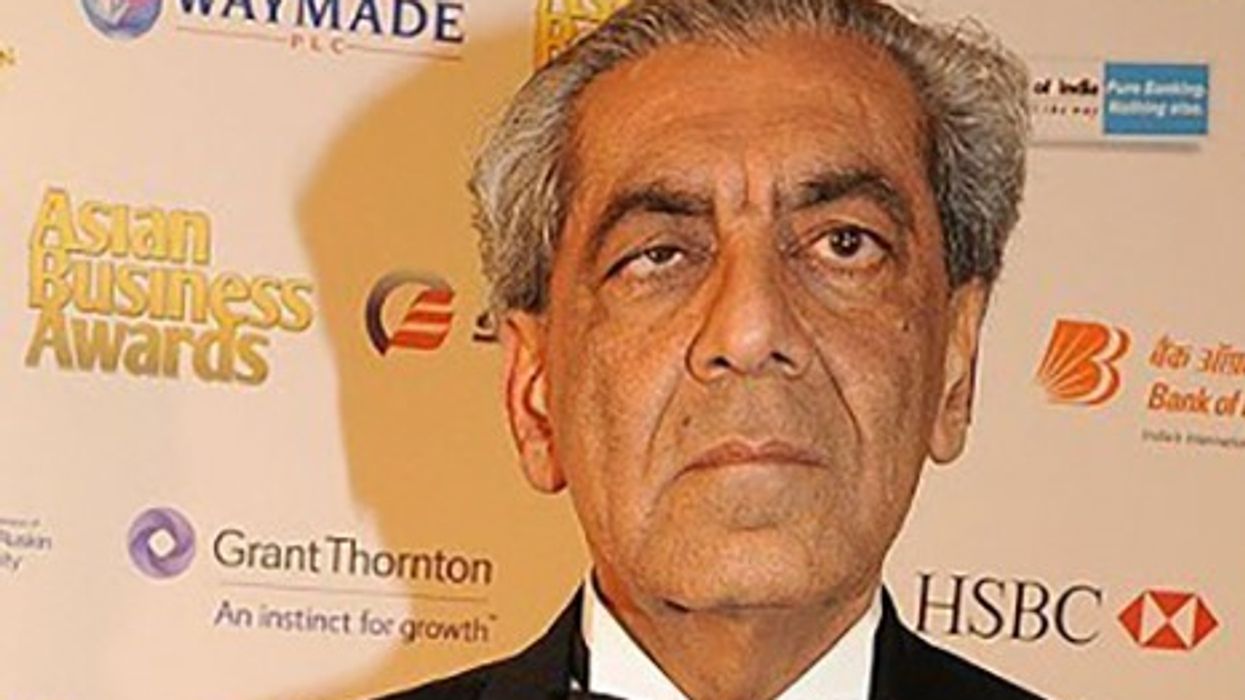LEICESTER leaders have named the areas they want to be incorporated into the city amid a shake-up of local government structures. The massive expansion plan would see a number of towns and villages at the city’s edges brought inside Leicester’s boundary.
Leicester City Council is looking to take part of Blaby and Harborough districts, and part of Oadby and Wigston and Charnwood boroughs. Among the communities being eyed up are Glenfield, Oadby, Wigston, Blaby, Whetstone, Syston, Anstey, Leicester Forest East, Birstall, Kirby Muxloe, Thurmaston and Countesthorpe.
The authority’s proposal would see the city’s population grow from 372,000 now to just over 600,000 by 2028. The city council has described it as a “sensible expansion”.
The government unveiled plans to do away with two-tier structures, which the county of Leicestershire has at the moment.
Currently, the county is governed by Leicestershire County Council, which oversees social care, tips, education and highways, and the seven district and borough councils, which are responsible bin collections, local planning decisions, including new housing, and parks.
Leicester and Rutland are different to the county because they have their own, singletier councils – Leicester City Council and Rutland County Council – which are each responsible for all services in their respective areas.
While all local political leaders appear to agree the restructure will be implemented, they do not agree on what the county’s political make-up should be going forward.
City mayor Sir Peter Soulsby said last Wednesday (19): “Any realistic option for local government reorganisation in Leicester, Leicestershire and Rutland must address the historic accident of our city’s boundaries.
“Leicester is one of the most tightly constrained major cities in the UK. When you compare Leicester to cities like Bradford, Leeds or Sheffield, our population density is huge because our city covers such a relatively small area – less than a fifth of those cities.
“That’s because, in the 1970s, when the country’s non-metropolitan districts were determined, the boundaries of most other cities were extended while ours have remained largely unchanged since the 1920s. Critically, our almost uniquely constrained boundary means that now – unlike comparable cities – we have no chance of delivering the extra housing that our city so desperately needs within existing confines.”
All local leaders seem to agree that Leicester should remain separate from the county, as things stand. There is disagreement over whether Rutland should join with the county or not, and how many county authorities there should be – one for the whole of Leicestershire, or two, each covering half of Leicestershire.
Local political leaders also disagree on whether Leicester should expand its borders.
The leaders of the county council and the districts and boroughs initially said they supported the expansion of the city into what is currently county territory, but later rowed back on that position after the county council’s bid to fast-track the restructuring process was rejected by the government.
Leicester City Council believes it needs to grow in size to remain financially viable – and so it can meet government-set housing targets.
Sir Peter said: “The county and district councils all know that the existing city boundary makes no sense and has to change. The Conservative leader of the county council and the Liberal Democrat leader of Rutland joined me in writing to the minister in January saying those boundaries should be extended.”
If the county’s request to fast-track the restructuring of local democracy, which included the plan to expand the city, had been successful, this year’s county council elections would not have gone ahead. Because the request was rejected, the elections will now proceed as normal, and the initial agreement of all parts of Leicestershire and of Rutland that the city could expand has fallen apart.
Sir Peter said: “Unfortunately, although understandably, the forthcoming county elections mean they have chosen to withdraw from that initial proposal. I hope we will be able to return to sensible discussions about where boundary lines should be drawn after the May elections.”
(Local Democracy Reporting Service)



















Rahul Bhatt sparks controversy over remarks about sisters Alia and Pooja Bhatt